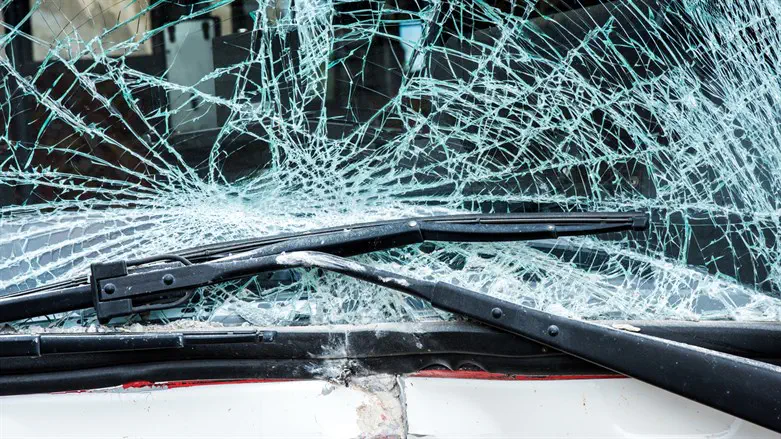
Multi-vehicle car accidents in New York present a complex challenge when it comes to understanding liability and fault. With many vehicles involved, pinpointing who is responsible can be a daunting task.
The primary factor in determining fault lies in assessing the actions of each driver involved, such as whether they were distracted or violating traffic laws. New York's no-fault insurance system also plays a significant role in how claims and compensations are addressed.
A common cause of multi-vehicle accidents often starts with one driver making a critical error, such as failing to yield or merging without looking. These errors can trigger a chain reaction, involving multiple vehicles and causing significant disruptions. To navigate the aftermath effectively, it may be beneficial to enlist legal expertise to help clarify each party's responsibility and ensure fair compensation. For those who need assistance following such incidents, expert guidance from New York car accident lawyers can be invaluable.
Understanding the nuances of New York's legal framework for multi-vehicle accidents is essential for anyone involved. These accidents are not just about the immediate collision, but also about the broader legal implications and financial consequences. Familiarizing oneself with the specific laws and potential legal support can make a significant difference in the outcome.
Determining Liability in a Multi-Car Accident
Determining liability in multi-vehicle car accidents in New York involves several components. Analyzing how each driver's actions contributed to the accident, investigating chain reactions, and applying state-specific negligence laws are crucial steps.
Navigating the Complex Legal Landscape
Multi-vehicle car accidents often require comprehensive legal analysis. Each driver's actions must be evaluated to establish fault and liability. Legal professionals, including a personal injury attorney, play a significant role in gathering evidence, such as police reports, eyewitness testimony, and photographs and videos from the scene.
Insurance companies are also heavily involved in assessing damage and determining the extent of coverage under liability insurance policies. They may employ accident reconstruction experts to clearly understand how the accident occurred. Collaboration between law enforcement and insurance adjusters is essential to process claims efficiently.
The Roles of New York’s Comparative Negligence Law
New York follows a "pure comparative negligence" system. This means that liability can be shared among multiple parties, based on their percentage of fault. Even if a driver is deemed primarily responsible, they can still receive compensation, albeit reduced by their fault percentage.
For instance, a driver found 30% at fault for an accident could still recover 70% of their damages. Understanding this law is crucial for victims looking to recover costs from medical bills, vehicle repairs, and other expenses. Legal representatives will carefully evaluate all evidence to argue their client's level of fault and negotiate settlements with insurance companies accordingly.
Investigating Chain-Reaction Collisions
Chain-reaction collisions present unique challenges in determining liability. In these events, the actions of one driver can trigger successive impacts, involving multiple vehicles. Detailed accident reconstruction is often necessary to piece together the sequence of events. This can involve analyzing physical evidence like skid marks, vehicle positions, and damage patterns.
Investigators collaborate with law enforcement to review police reports and secure eyewitness accounts. The collection of photographic evidence and video recordings is paramount. A thorough investigation may reveal if one or multiple drivers were negligent, helping to determine the comparative fault and aiding victims in their legal claims.
Understanding the complexity of these multi-car accidents allows for more effective legal strategies and better outcomes for those involved.
Recovering Damages After a New York Car Accident
Securing compensation after a car accident in New York involves navigating insurance claims, proving fault, and understanding the types of damages eligible for recovery. Knowing these details can aid in maximizing the compensation for damages sustained.
Types of Compensable Damages
Compensable damages in New York car accidents typically fall into two categories: economic and non-economic. Economic damages cover out-of-pocket expenses like medical bills, vehicle repairs, and lost wages due to the accident.
Non-economic damages include compensation for pain and suffering, emotional distress, and loss of enjoyment of life. For instance, serious injuries such as whiplash or broken bones may warrant significant non-economic damages.
Some claims may even account for future medical expenses and ongoing therapy, especially if the injuries are permanent or lead to long-term disabilities.
The Role of Insurance in Compensation
Insurance is a critical component in recovering damages after a New York car accident. Drivers in New York must have no-fault insurance, which covers basic economic losses, regardless of who caused the accident. This includes medical bills and a portion of lost wages but usually not non-economic damages.
In multi-vehicle accidents, determining the at-fault party can be complex. The insurance carrier of the at-fault party generally pays for vehicle damage and other expenses of the plaintiff. In cases where multiple cars are involved, insurers assess the proportionate fault, which affects the settlement amounts.
Legal Steps to Maximize Recovery
Taking specific legal steps can significantly impact the amount of compensation recovered. Consulting a car accident lawyer in New York increases the likelihood of a favorable settlement. They assist in collecting physical evidence, like traffic camera footage and police reports, crucial for substantiating claims.
Filing a personal injury lawsuit may be necessary if an insurance settlement does not cover all damages. Attorneys negotiate with insurance companies and represent the plaintiff in court, if needed. It’s also essential to document all injuries, treatments, and related expenses to present a comprehensive claim.
Taking these steps helps ensure that victims of car accidents in New York obtain the compensation they deserve, covering both immediate and long-term needs.